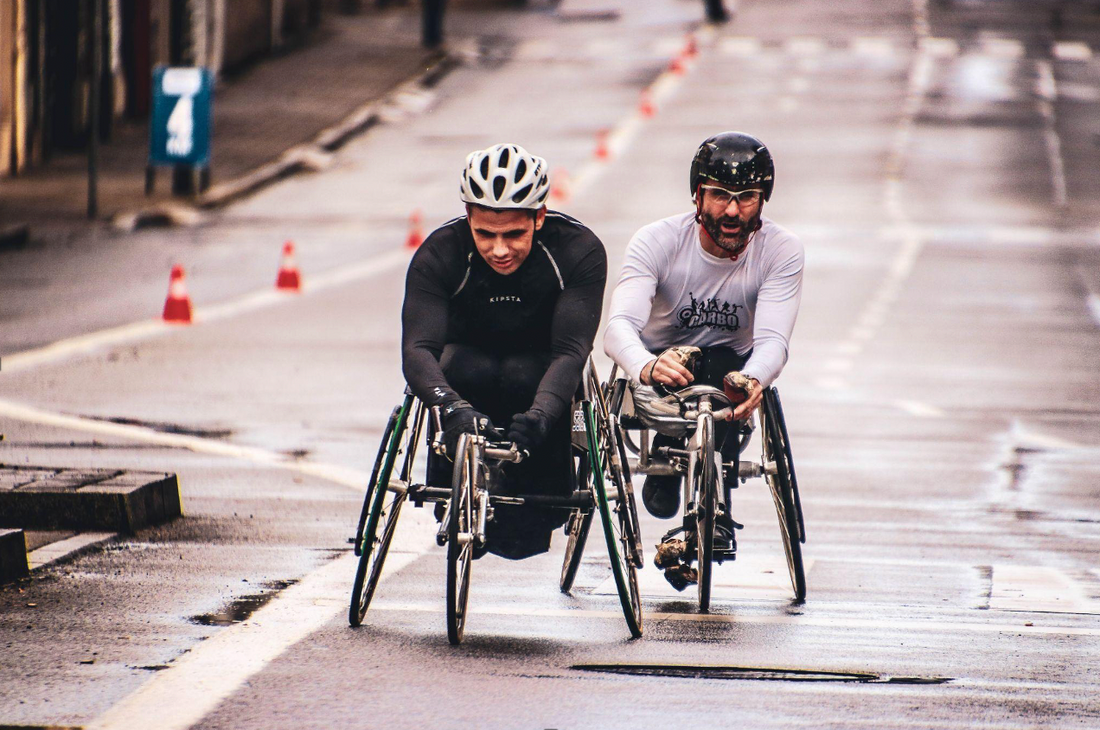When you are an individual with disabilities, physical fitness is imperative. It helps you stay strong and independent while also improving your overall health. However, finding the right fitness option for you can be a challenge. Fortunately, as SPARKIES explains, technology has made it a lot easier to find the perfect workout to accommodate your needs.
Finding the Right Outlet
The CDC recommends that adults with disabilities get at least 150 minutes of moderate aerobic activity or 75 minutes of vigorous aerobic activity each week. If possible, they should also do strength training activities at least two days a week.
These requirements aside, it is important to find an outlet that you enjoy, as this will ensure that you stick with your fitness routine. There are many different options available, so don’t be afraid to try a few until you find the right fit.
Sports
The type of sport you play will depend on your physical abilities. If you use a wheelchair, sports like wheelchair basketball, wheelchair tennis, and power soccer offer great benefits. Visually impaired individuals might prefer goalball, while those with hearing impairments can participate in silent sports such as swimming. If you have ALS, you can participate in adaptive sports through the Challenged Athletes Foundation.
Exercises
Those with mobility impairments can still participate in a variety of exercises. Karma Mobility notes that cardio exercises such as arm cycling and wheelchair aerobics are great for getting your heart rate up. For strength training, try wheelchair push-ups and sit-ups. Many yoga and Pilates exercises can be done from a wheelchair or mat. For those with ALS, water aerobics offers a great workout with little impact on the joints. Martial arts are also an excellent way to get fit while learning self-defense, and many, like Judo, Karate, or Tai Chi, can be adapted for those with physical disabilities.
Workouts
If you’d prefer a more structured workout, many gyms and fitness centers offer adaptive equipment and classes. There are also online programs that provide workouts specifically for those with disabilities. The National ALS Association offers a free online fitness program that can be incredibly helpful to those with the illness.
Keep in mind that many residential facilities typically have fitness classes and workout spaces. Plus, many long-term care communities have accessible trails and other fitness options. If you're in a facility and aren't happy with your situation, consider searching for one that better suits your interests.
Getting the Most Out of Your Workout
There are a few things you’ll need to consider before starting your workout routine. First, consult with your doctor to make sure that physical activity is safe for you. Once you have the green light, you can choose equipment and apparel that will aid your efforts.
-
Equipment: Depending on your disability, you may need to use adaptive equipment during your workout. This could include items such as a wheelchair, cane, or crutches. On the other hand, those with visual impairments might use an auditory treadmill, while those with hearing impairments might use a vibration belt.
-
Apparel: It’s important to wear comfortable, breathable clothing that won’t impede your movement. Check out the options from SPARKIES, from tops and pants to comfortable and stylish shorts. If you use a wheelchair, be sure to choose clothes that won’t get caught in the wheels. Also consider investing in gloves, socks, and other items that will help you stay comfortable during your workout.
-
Tech: There are a number of assistive devices that can help you get the most out of your workout. There are apps that provide step-by-step instructions for exercises, as well as those that track your progress and give you the motivation to keep going.
Incorporating Fitness Into Your Routine
It's often best to get exercise out the way first thing in the morning. You can create a healthy morning routine by combining your physical activities with a healthy breakfast, meditation, and gaining inspiration from uplifting books. Try to be consistent with your routine and set realistic goals to avoid discouragement.
Staying physically fit is challenging, but it can make a world of difference in your overall well-being. By finding the right outlet and incorporating it into your morning routine, you’ll be on your way to a healthier, happier life.
Image by Pexels
SPARKIES specializes in design, development and production of adaptive and stylish clothing. Shop online today or reach out for more info!
Guest contributor: Beverly Nelson

